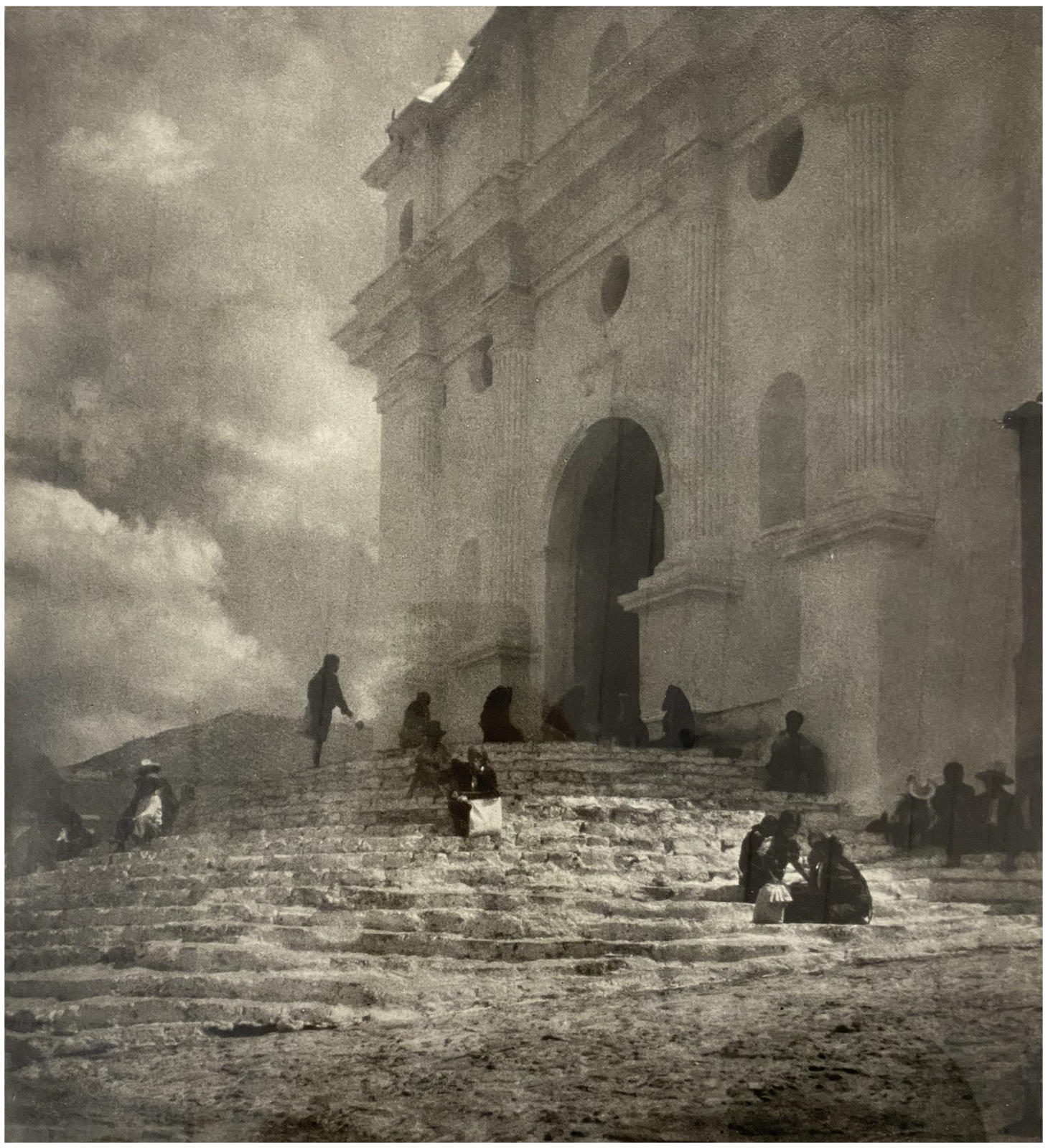artist
Born in Washington DC in 1897, Eleanor Parke Custis is a direct descent of Martha Washington. From 1915-1925 she trained under Edmund C. Tarbell at the Corcoran School of Art. She also studied with Henry Snell during the summers of 1924 and 1925 in Boothbay Harbor, Maine. Such extensive training culminated in a solo exhibition in 1925 at the Washington Art Club. From 1926-1929, she extensively traveled doing watercolors in France, Holland, Italy and Switzerland. In 1933 she visited Cairo and in 1937 and 1938 she was in Central and South America. By the mid-thirties, her interest in painting waned as her passion of photography intensified, and in 1935 she wrote and illustrated a book, "Composition and Pictures." By the mid-forties, she was entrenched in photography and was given a solo exhibition in 1946 at the Brooklyn Institute. She began spending more time at her beloved summer residence in Gloucester and in 1960 she moved there permanently from her home in Georgetown.
Description
Lenten Services presents a quiet, reverent scene, dominated by an ancient stone structure, presumably a church, rising at the right edge of the composition. Its worn, sloping steps extend diagonally into the foreground, drawing the viewer’s eye across the image with a graceful rhythm. These steps are more than architectural elements; they become a kind of stage on which the life of the scene unfolds.
Scattered along the broad, uneven stairs are numerous figures, peasants gathered in solemn observance of the Lenten season. Their humble clothing and still postures evoke a mood of quiet devotion and communal endurance. Custis captures them not as individuals but as part of a larger ritual moment, unified in their shared faith and tradition.
As in much of her work, the composition is painterly and deliberate. The light is gentle, the forms softened, possibly by atmospheric conditions or Custis’s own hand in the printing process, giving the scene a sense of timelessness. The contrast between the solidity of the stone and the softness of the human presence highlights her sensitivity to both structure and spirit.
provenance
exhibitions
Port of Dreams: The Photographs of Eleanor Parke Custis, The Bruce Museum, Greenwich, CT., October 1996
literature
Black & White Magazine, Eleanor Parke Custis: Richard Newby examines the life and work of the "First lady of Pictorialism", issue 21, October 2002, p.78 illustrated





